Disclosure: This article contains affiliate links. We may earn a commission from purchases at no extra cost to you, which helps our travel content.
As someone who straddles two worlds—my Spanish heritage and Indian roots—I've always been drawn to textiles as living artifacts that tell cultural stories through color, pattern, and technique. Having settled in Chennai for my marketing career, I've spent countless business trips exploring India's fabric markets, developing an eye for quality and authenticity. The Mumbai-Pune corridor offers one of the most concentrated textile experiences in India, where ancient handloom traditions meet contemporary designs. Whether you're a fashion industry professional sourcing materials, a cultural enthusiast seeking authentic handicrafts, or simply a visitor wanting meaningful souvenirs, this textile trail delivers exceptional value. Join me for a week-long journey through the markets, workshops, and hidden gems where India's fabric legacy continues to thrive amidst the bustle of modern commerce.
Mumbai's Crawford Market: Where the Textile Journey Begins
Mumbai's historic Crawford Market (officially Mahatma Jyotiba Phule Market) serves as the perfect introduction to your textile expedition. Arriving early on a weekday—around 9 AM—allows you to navigate the narrow pathways before the midday crush descends. The textile section occupies the northeastern quadrant, where stalls burst with colors that would make even the most sophisticated Pantone chart look understated.
During my first business trip to Mumbai fifteen years ago, I made the rookie mistake of appearing too eager at the first stall I encountered. ¡Qué desastre! The vendor immediately quoted me prices three times the local rate. Now, I recommend a reconnaissance lap—observe what's available, note rough price points, and identify which vendors have unique offerings before making any purchases.
The true gems here are the cotton textiles from Gujarat and Maharashtra. Look for the distinctive block-printed fabrics with natural dyes—the colors appear slightly muted compared to their chemical counterparts but possess a depth and character that's unmistakable. When examining fabrics, I always carry my trusty magnifying loupe to inspect the printing blocks' alignment and the fabric's thread count.
After years of navigating these markets, I've developed relationships with several vendors, including Mr. Patel in the eastern corner, whose family has supplied cotton fabrics for three generations. Mention my name, and while you won't get a discount (his prices are already fair), he might show you his reserve collection of vintage block prints that rarely make it to the display racks.
The market's cacophony can be overwhelming for first-timers, but it's precisely this sensory immersion that makes Crawford Market an essential starting point—the sounds, smells, and visual feast prepare you for the textile journey ahead. Don't miss the adjacent spice market for a complementary sensory experience that contextualizes India's love affair with vibrant colors and bold patterns.
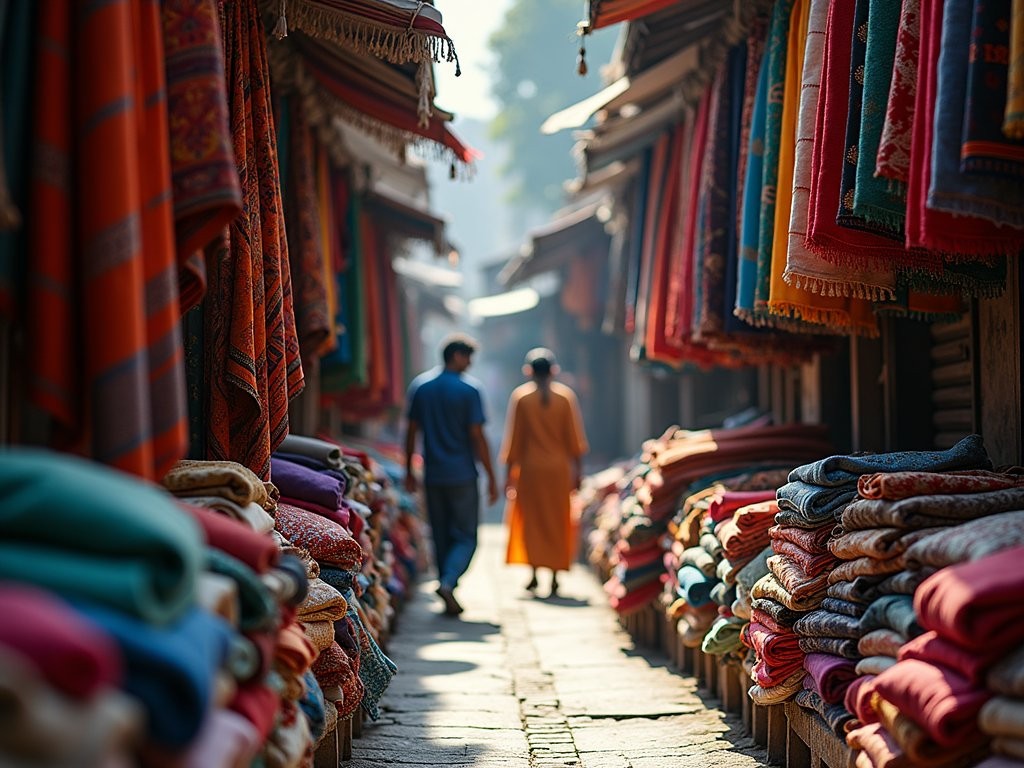
💡 Pro Tips
- Visit on weekday mornings to avoid the largest crowds
- Carry small denominations of cash for easier transactions
- Take photos of textiles you like (with permission) to compare with other markets later
Dharavi: Beyond the Stereotypes to Textile Innovation
Many visitors to Mumbai skip Dharavi entirely, influenced by oversimplified narratives about Asia's largest informal settlement. As a marketing professional who has worked with several textile businesses operating here, I can assure you that missing Dharavi means missing a crucial chapter in India's contemporary textile story.
While guided tours have become increasingly common, I recommend booking with Reality Tours & Travel, whose guides provide context without voyeurism and ensure a portion of proceeds benefits community initiatives. The textile recycling operations here demonstrate circular economy principles that many European fashion houses are only beginning to implement.
Dharavi's leather goods section offers exceptional value—I've purchased leather bags here that colleagues later mistook for Italian craftsmanship. The embroidery workshops showcase techniques passed down through generations, with artisans from across India bringing regional specialties to Mumbai's commercial center.
One of my most enlightening experiences was visiting a block printing workshop where I observed craftsmen creating new designs inspired by traditional motifs. Using hand-carved wooden blocks, they transformed plain cotton into intricate patterns with a precision that no machine can replicate. If you're serious about understanding textile production, arrange a specialized textile-focused tour rather than the general Dharavi experience.
For those interested in sustainable fashion, Dharavi's textile upcycling initiatives are particularly noteworthy. Fabric scraps from garment factories are sorted, cleaned, and transformed into new textiles or products. I've found beautiful quilts made from production remnants that tell a compelling story about resource conservation while providing livelihoods.
Bring comfortable walking shoes with closed toes—the walking shoes have served me well through countless market explorations. The breathable design keeps feet comfortable in Mumbai's humidity while providing enough support for uneven terrain. Women might prefer the women's version of the same model for similar comfort during long market walks.
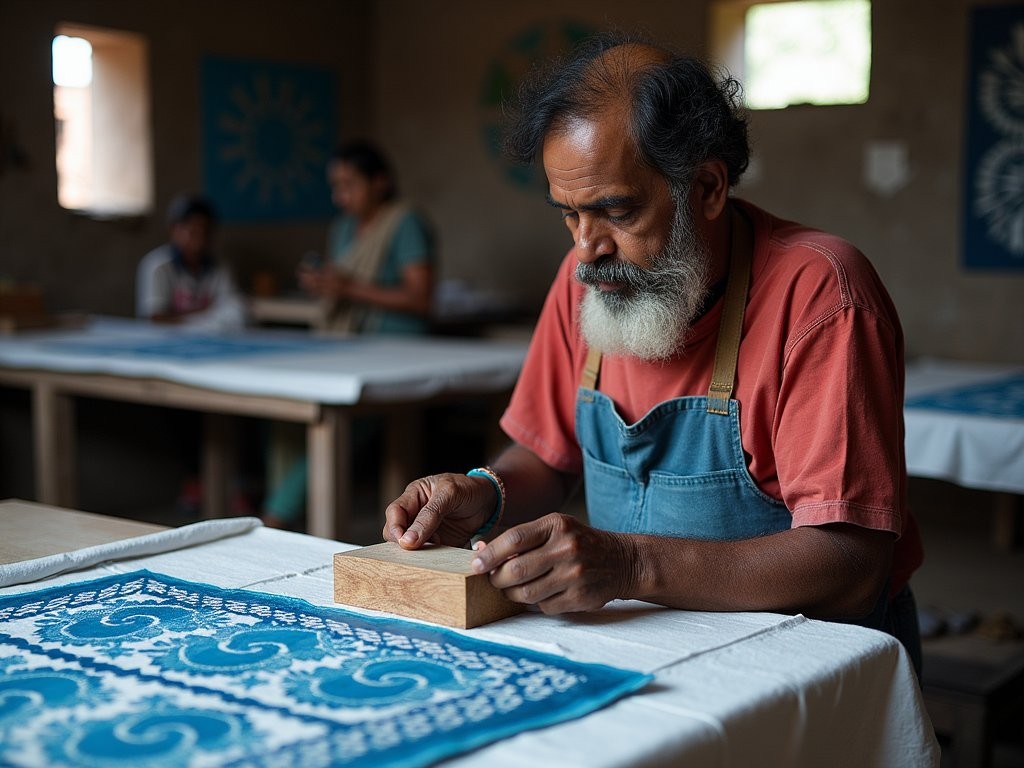
💡 Pro Tips
- Book textile-specific tours in advance rather than general tours
- Bring smaller denominations (₹100-500 notes) for direct purchases
- Ask permission before photographing people or work processes
Mangaldas Market: Mumbai's Textile Specialist Haven
If Crawford Market offers a broad introduction, Mangaldas Market delivers specialization. Located near Zaveri Bazaar in South Mumbai, this labyrinthine market represents my go-to destination when seeking specific textiles for home or wardrobe. The market's organization—loosely arranged by fabric type and origin—makes it more navigable than it initially appears.
The ground floor hosts everyday cotton and synthetic fabrics, while the upper levels reveal increasingly specialized offerings. The second floor's silk section displays everything from understated Maheshwari silks to elaborate Banarasi brocades that could easily feature in luxury fashion collections. During a business trip last autumn, I purchased a midnight blue silk with subtle zari work that my Madrid-based cousin later transformed into an evening jacket that garnered compliments even in fashion-forward Spain.
Mangaldas rewards the patient explorer. Venture beyond the front shops to discover specialized vendors tucked into the market's depths. One such treasure is Sharma Textiles on the northern side, where Mr. Sharma maintains relationships with weavers from across India. His collection of handloom cottons—particularly the mangalgiri and pochampally varieties—offers exceptional quality at wholesale prices.
For those seeking contemporary Indian textiles, the eastern wing houses several shops showcasing innovative blends and modern interpretations of traditional patterns. I've found beautiful cotton-linen blends here that combine traditional ikat patterns with contemporary color palettes perfect for home décor or fashion projects.
Prepare for serious shopping by bringing a foldable shopping bag. These lightweight, sturdy bags compress to pocket size when empty but expand generously to accommodate fabric purchases. I keep two in my daypack at all times—they've saved me from awkwardly juggling purchases more times than I can count.
Bargaining is expected, but approach it as a conversation rather than a battle. My technique involves expressing genuine interest in the craft before discussing price. Questions about the fabric's origin, the weaving technique, or the meaning behind traditional patterns often lead to more reasonable pricing than aggressive haggling. Remember that a difference of ₹100 might mean little to you but could be significant for the vendor.
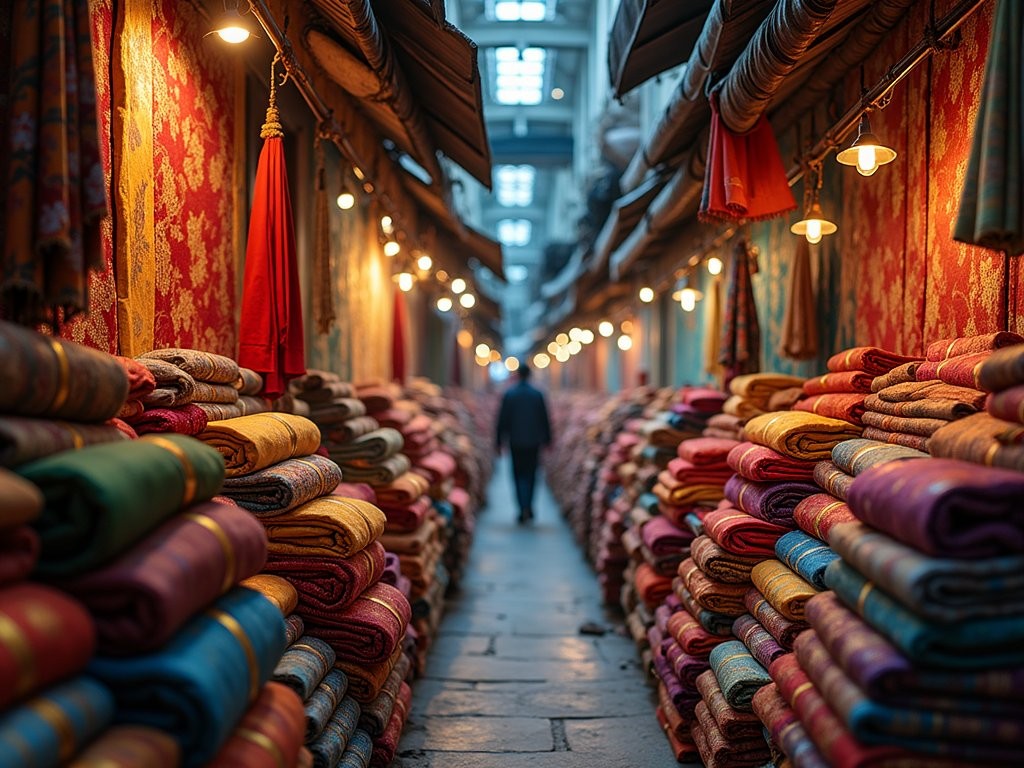
💡 Pro Tips
- Start on the top floor and work your way down for the best experience
- Bring fabric swatches if trying to match specific colors
- Most vendors accept card payments but offer better prices for cash
The Journey to Pune: Textile Villages En Route
The 150-kilometer journey from Mumbai to Pune offers more than just a transition between cities—it presents opportunities to discover textile traditions that rarely appear in guidebooks. While many travelers opt for the expressway, I recommend taking the old Mumbai-Pune highway (NH48) and allowing a full day for the journey.
Approximately 80 kilometers from Mumbai lies Pimpri, where several textile printing workshops operate in the traditional manner. Unlike the commercial operations in the cities, these family-run workshops maintain techniques that have remained largely unchanged for generations. During my visits, I've observed artisans creating ajrakh prints—geometric patterns in indigo and madder red that require multiple dyeing stages to achieve their distinctive look.
The village of Saswad, about 30 kilometers before Pune, hosts a small community of paithani weavers. This intricate silk weaving tradition creates textiles so detailed that a skilled weaver might produce just a few inches of fabric per day. The distinctive peacock motifs and oblique square patterns (known as bangdi mor) represent some of the most sophisticated weaving techniques in India. While production has largely shifted to nearby Yeola, these smaller workshops offer a more intimate glimpse into the creation process.
For serious textile enthusiasts, I recommend arranging visits through organizations like Creative Handicrafts or directly contacting workshops through local textile associations. These pre-arranged visits allow for more meaningful interactions than impromptu stops. During one such visit, I was invited to try my hand at block printing—a humbling experience that gave me newfound respect for the steady hands required for precise alignment.
When documenting these experiences, my travel journal has proven invaluable. The acid-free pages preserve fabric swatches and notes about techniques, while the pocket in the back cover safely stores business cards from artisans and workshops. I've maintained these journals for years, creating a personal textile archive that has proven useful for both professional projects and personal shopping expeditions.
For lunch, seek out local thali restaurants rather than highway establishments. The vegetarian thalis in this region feature distinctive Maharashtrian flavors that differ subtly from those found in other states—the perfect cultural complement to your textile explorations.
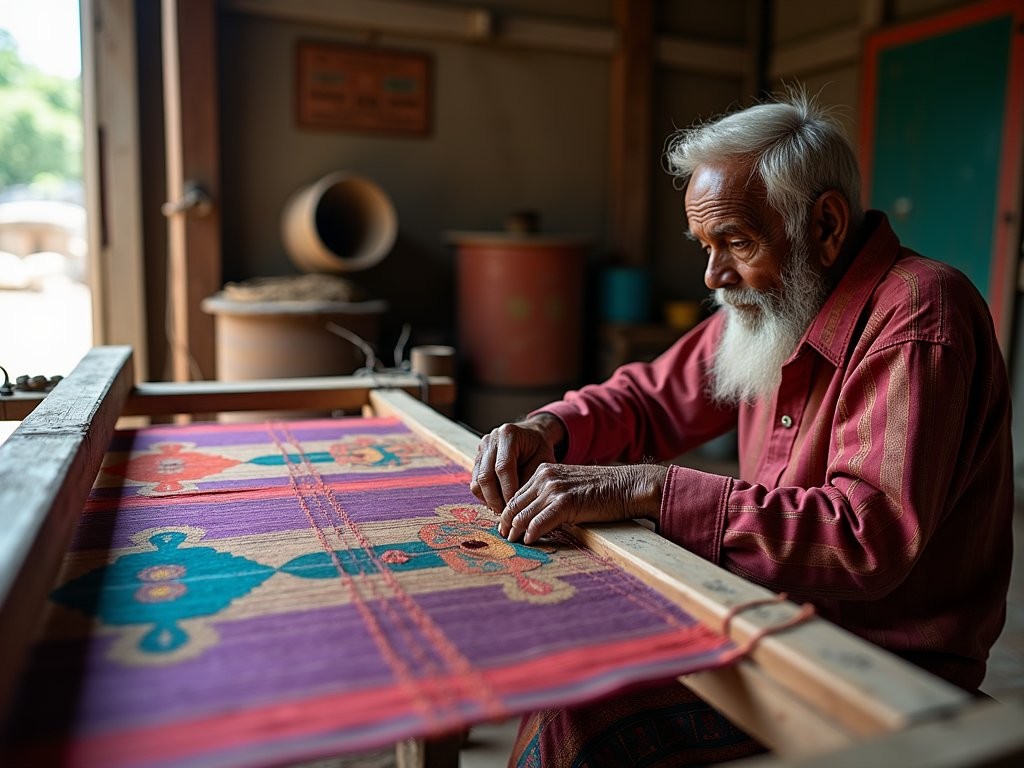
💡 Pro Tips
- Arrange workshop visits at least a day in advance through your hotel concierge
- Bring small gifts (quality chocolates or stationery work well) when visiting smaller workshops
- Purchase directly from artisans when possible rather than through intermediaries
Pune's Laxmi Road: The Textile Connoisseur's Destination
Arriving in Pune brings us to Laxmi Road, the crown jewel of this textile expedition. Unlike Mumbai's markets, which cater to various price points, Laxmi Road specializes in higher-end textiles that attract connoisseurs from across India. The street's heritage buildings house multi-generational businesses that have supplied textiles to royal families and now serve discerning clients seeking exceptional quality.
My relationship with Laxmi Road began twenty years ago when a colleague introduced me to Gajanan Textiles, a 90-year-old establishment specializing in handwoven silks. The owner, Mr. Kulkarni, represents the third generation of his family to run the business and possesses encyclopedic knowledge of Indian weaving traditions. During my most recent visit, he showed me a Paithan silk sari that required six months to create—the density of the weave and precision of the motifs justified its premium price.
For those seeking wedding textiles or special occasion fabrics, shops like Jagannath Textiles and Pardeep Silk House offer curated collections that represent the pinnacle of Indian weaving traditions. Even if such elaborate textiles don't suit your needs, visiting these establishments provides an education in what constitutes exceptional craftsmanship.
Laxmi Road also excels in cotton textiles, particularly the distinctive Puneri style that features restrained elegance rather than elaborate ornamentation. These cottons adapt beautifully to contemporary fashion and home décor, offering versatility that more ornate textiles might lack.
For documentation and measurement during serious shopping expeditions, I rely on my fabric measuring tape. This retractable tape takes minimal space but proves invaluable when determining if you're purchasing sufficient yardage for your intended projects. The flexible design allows for measuring curved surfaces—helpful when considering fabrics for upholstery or drapery.
Laxmi Road rewards those who venture beyond the main thoroughfare. The side streets house smaller establishments specializing in niche textiles like himroo (a cotton-silk blend unique to the Deccan region) and khana (a distinctive cotton weave with geometric patterns). These lesser-known textiles often represent better value than more famous varieties while still showcasing exceptional craftsmanship.
After a day of serious textile shopping, I recommend retreating to Vaishali restaurant on Fergusson College Road for their exceptional South Indian coffee and snacks. The slight distance from the shopping district provides a welcome respite while you organize your purchases and plan the next day's expedition.

💡 Pro Tips
- Visit established shops early in the day when selection is freshest
- For high-end purchases, ask if the shop can arrange shipping to your home country
- Request information cards for special textiles—many shops provide care instructions and background information
Textile Workshops and Craft Villages: Hands-On Experiences
For travelers seeking deeper engagement with textile traditions, the outskirts of Pune offer workshops and craft villages where you can observe—and often participate in—traditional processes. These experiences transform shopping from mere consumption to meaningful cultural exchange.
Yeola, approximately 80 kilometers from Pune, represents the contemporary center of paithani silk production. The Yeola Paithani Center houses multiple workshops where you can observe the entire creation process from silk dyeing to the intricate weaving that defines this prestigious tradition. What makes this experience special is the opportunity to meet master weavers like Mr. Jadhav, who has been creating paithani textiles for over forty years and can explain how patterns and techniques have evolved while maintaining their essential character.
Closer to Pune, the Pune Handloom cooperative in Kothrud offers half-day workshops where visitors can try basic weaving techniques on smaller looms. During my visit last autumn, I spent three hours learning fundamental cotton weaving—a humbling experience that gave me newfound appreciation for the textiles I've collected over the years. The cooperative primarily employs women from surrounding villages, providing sustainable livelihoods while preserving traditional skills.
For those interested in natural dyeing processes, Bhor village (approximately 60 kilometers from Pune) maintains traditions of vegetable dyeing that pre-date synthetic colorants. The Grameen Crafts collective offers demonstrations of indigo, madder, and turmeric dyeing techniques. Watching raw white cotton transform into vibrant blue through the seemingly magical indigo process counts among my most memorable textile experiences.
When participating in workshops, I recommend wearing clothes you don't mind getting stained—particularly for dyeing demonstrations. My approach involves packing a dedicated workshop apron that provides ample coverage while offering convenient pockets for tools or notes. The cross-back design distributes weight comfortably during long workshop sessions, and the durable fabric withstands repeated washing when inevitable dye splashes occur.
These hands-on experiences typically require advance booking—most workshops need at least 48 hours' notice to prepare materials and ensure master craftspeople are available. Your hotel concierge can assist with arrangements, or contact the Maharashtra Tourism Development Corporation for official workshop listings.
Beyond the educational value, these workshops offer opportunities to purchase textiles directly from creators—often at better prices than city shops while ensuring fair compensation reaches the artisans themselves. My most treasured textile purchases have come from these direct interactions, where understanding the creator's process adds immeasurable value to the physical item.
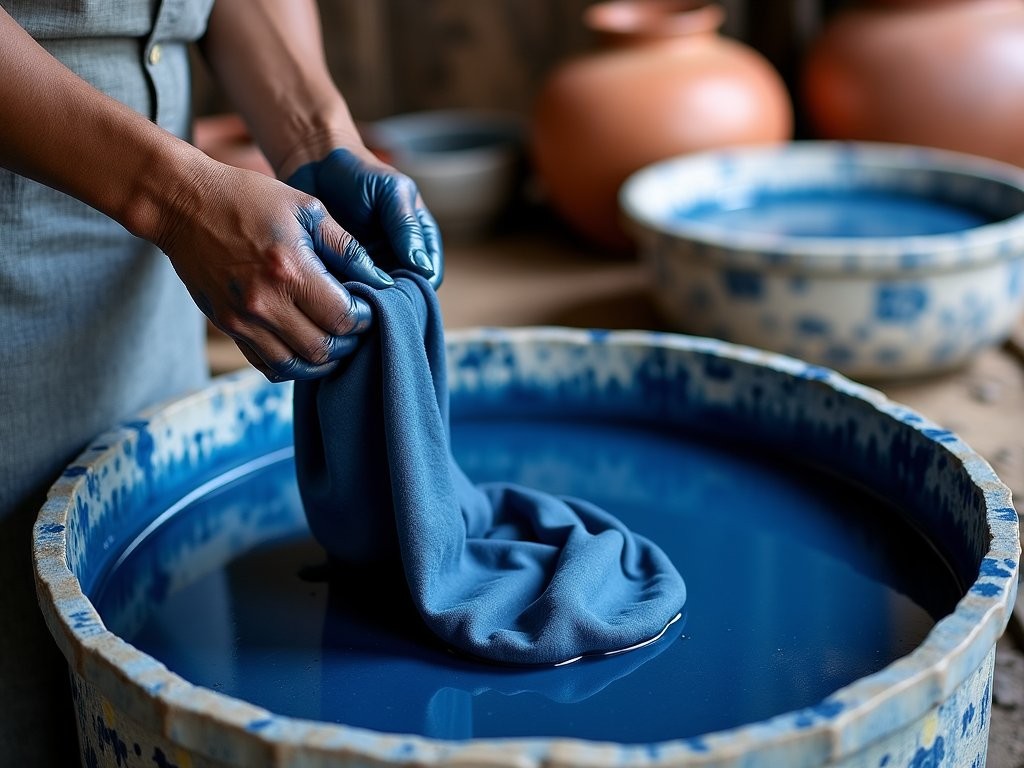
💡 Pro Tips
- Book workshops at least two days in advance through your hotel or local tourism office
- Wear comfortable clothes that can withstand dye stains during hands-on sessions
- Bring a notebook to record techniques and patterns for future reference
Final Thoughts
As our textile journey from Mumbai to Pune concludes, I'm reminded that these fabrics represent more than mere commodities—they embody living traditions that connect contemporary India with its cultural heritage. The knowledge gained through this exploration transforms future textile purchases from simple transactions into meaningful exchanges that support traditional craftsmanship. Whether you've acquired elaborate silks from Laxmi Road, block-printed cottons from village workshops, or simply collected knowledge and photographs, these textile experiences offer insights into India that conventional tourism rarely provides. I encourage you to display your textile treasures prominently upon returning home—each piece tells a story of the hands that created it and the cultural context that shaped its design. And perhaps, like me, you'll find yourself planning your next Indian journey with textile markets as destinations rather than mere shopping opportunities. Hasta pronto, amigos—until we meet again in the colorful textile markets of Maharashtra!
✨ Key Takeaways
- Purchase directly from artisans when possible to ensure fair compensation and authentic products
- Allow extra luggage space for textile purchases—compression bags help maximize capacity
- Document your purchases with photos and notes about techniques and origins for future reference
- Build relationships with vendors and workshops for better experiences on return visits
📋 Practical Information
Best Time to Visit
October through March, avoiding monsoon season (June-September)
Budget Estimate
₹50,000-75,000 for one week including accommodations, transportation, meals, and moderate textile purchases
Recommended Duration
7 days minimum, with 3 days in Mumbai, 3 in Pune, and 1 for the journey between
Difficulty Level
Moderate - Requires Comfort With Crowded Markets, Negotiation, And Independent Navigation Between Sites
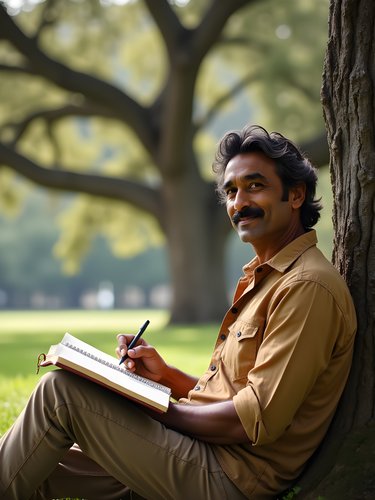
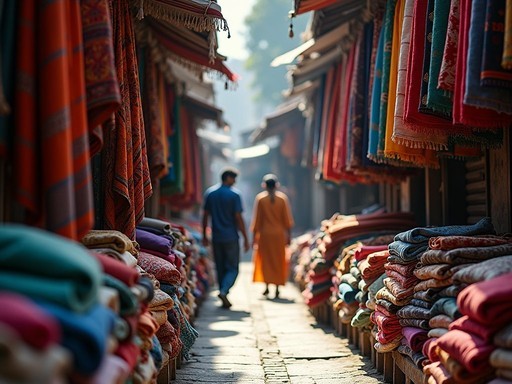
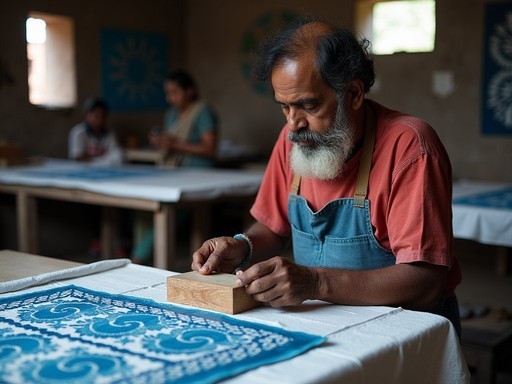
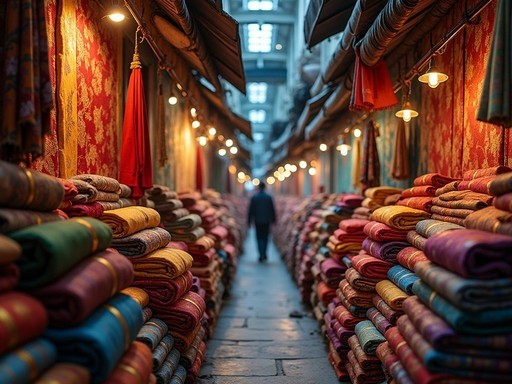

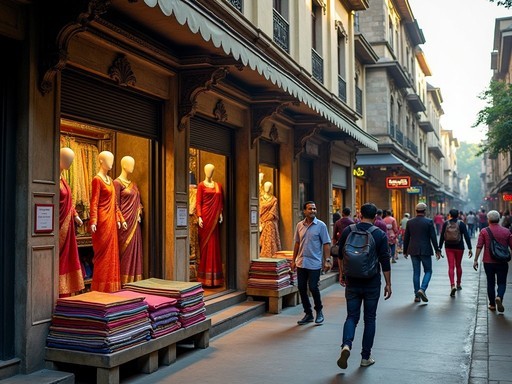
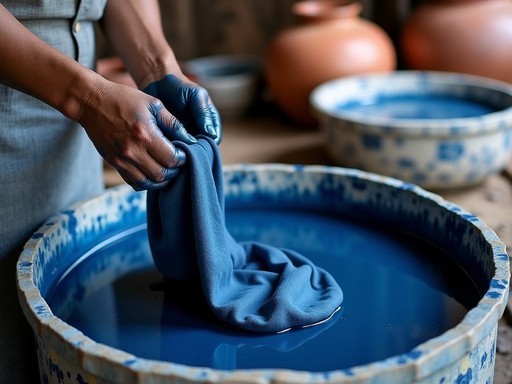



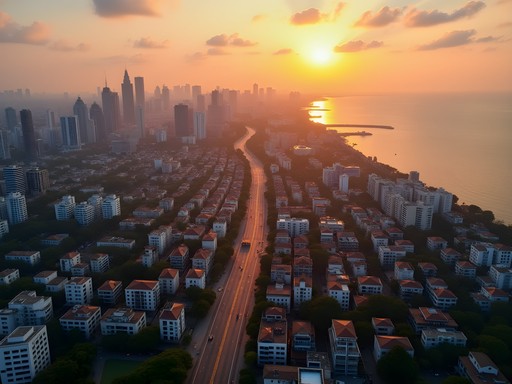




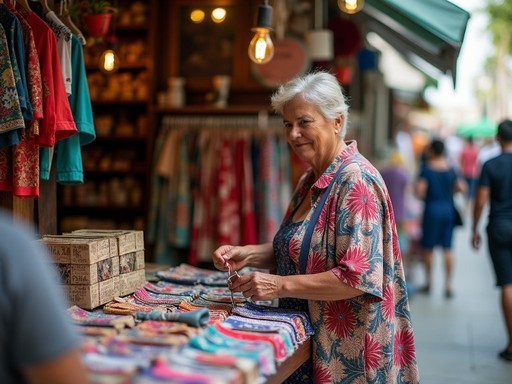
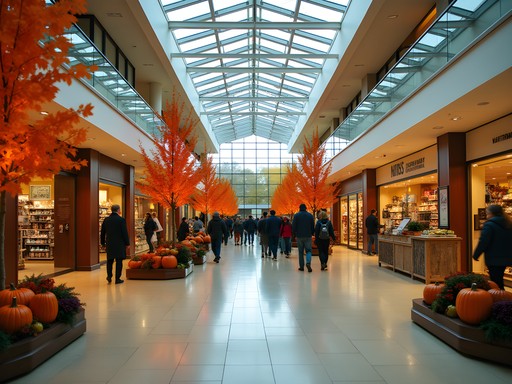
Comments
travelmaster
How did you travel between Mumbai and Pune? Did you hire a driver or take public transport? Wondering about the best way to do this route and hit those textile villages you mentioned.
Raj Jackson
I took the express train for the main journey (comfortable and fast), but hired a local driver for a day to explore the textile villages. Most aren't on the main tourist path, so having someone who knows the area is invaluable!
Hunter Thompson
The train is definitely the way to go! I used travel guidebook which has a great section on this route with village maps.
Hunter Thompson
Brilliant write-up, Raj! I did this exact route last year and Crawford Market was absolutely mental - in the best way possible! The textile stalls there are a treasure trove. One tip for anyone heading there: go early morning (around 8am) before the crowds and heat build up. And don't miss the little side alley near the north entrance where an old man named Vikram sells the most incredible hand-blocked prints. His family has been doing it for generations, and he'll happily show you the process if you show genuine interest. The Dharavi section of your guide is spot on too - people miss the incredible craftsmanship happening there because of preconceptions.
winterzone
Is Vikram's stall easy to find? Planning to go next month and would love to see the block printing!
Hunter Thompson
Look for the alley with blue tarps overhead, about 20 meters from the north entrance. His stall has wooden elephants hanging from the ceiling. Can't miss it! He speaks decent English too.
winterzone
Perfect, thanks mate! Adding it to my list.
backpackphotographer
Love that shot of the silk drying in the sun! The colors are incredible. Your post has convinced me to add these markets to my itinerary next month.
Hunter Thompson
This brings back memories! I spent two weeks exploring textile traditions between Mumbai and Pune last summer. One absolute gem I'd add to your list is the Paithan region for Paithani saris - pure silk with those incredible peacock motifs woven with real gold thread. I carried my fabrics in a packing cube set which kept everything organized and protected from monsoon humidity. Raj, did you get to see any of the artisans actually working the looms? That was the highlight of my trip - watching those master weavers create patterns from memory without any written designs.
Raj Jackson
Yes! I spent an afternoon with a family of weavers outside Pune. Mesmerizing to watch those fingers fly across the loom. And thanks for the Paithan tip - I missed that area but will definitely include it next time.
freeguy
How did you travel between Mumbai and Pune? Is public transport reliable for stopping at those textile villages?
Raj Jackson
I hired a driver for the day to have flexibility with stops. Public buses do run to some villages but you'd need to plan carefully. The express train is great if you're going direct to Pune though!
Frank Garcia
Great post highlighting the textile diversity in this region. I found Dharavi particularly fascinating as it challenges the typical narrative. The recycled textile workshops there show incredible innovation and sustainability practices that predate our Western obsession with upcycling. I'd recommend spending at least half a day there with a local guide who can introduce you to the artisans. I documented the contrast between traditional handloom techniques and modern adaptations in my blog series on sustainable fashion across South Asia.
backpackphotographer
Did you feel safe walking around Dharavi? I've heard mixed things about visiting.
Frank Garcia
Absolutely safe with a guide. The community is welcoming and the textile workers are proud to show their craft. Just be respectful with photography and ask permission first.
mountainphotographer
I visited Mangaldas Market last year and was completely overwhelmed by the choices! Ended up buying way too many silk scarves. One tip I'd add - some shops in the back corners had the most unique block prints I found anywhere in India. Those tiny family shops with piles of fabric to the ceiling had the best stuff. Took the train to Pune afterward and agree that the textile villages are worth stopping for if you have time.
adventureking9315
Did you find any good bargains at Crawford Market? I'm heading to Mumbai next month and textiles are top of my list!
Raj Jackson
Absolutely! The key is to arrive early (before 10am) and be ready to negotiate. Don't accept the first price - I usually got 30-40% off by being friendly but persistent.
adventureking9315
Thanks for the tip! Will definitely try the early morning approach.
adventurewanderer
If you're heading to Mangaldas Market, download the offline Google map of the area beforehand. The place is a maze! I got completely lost but ended up discovering an amazing shop selling vintage sari fabrics repurposed into modern designs. Sometimes getting lost is part of the adventure!
happybuddy
Thanks for the tip! Planning my trip now and will definitely download maps!
Hayden Butler
Raj, your dual heritage perspective brings such depth to this piece. While I typically gravitate toward luxury travel, I found myself completely enchanted by Mumbai's textile markets during my visit last spring. I hired a local textile expert as a guide through Crawford Market, which I highly recommend for serious shoppers. The quality differences can be subtle to the untrained eye. For those interested in high-end textiles, don't miss the boutique studios in Kala Ghoda area - they're creating contemporary designs using traditional techniques. I purchased several Pashmina pieces that are now proudly displayed in my Atlanta home. The journey to Pune is indeed spectacular - I arranged a private car with stops at the villages you mentioned, which allowed for unhurried exploration.
Raj Jackson
Thanks for the Kala Ghoda recommendation, Hayden! You're right about the contemporary-traditional fusion happening there - definitely worth adding to the textile trail.
Venture X
Premium card with 2X miles, $300 travel credit, Priority Pass